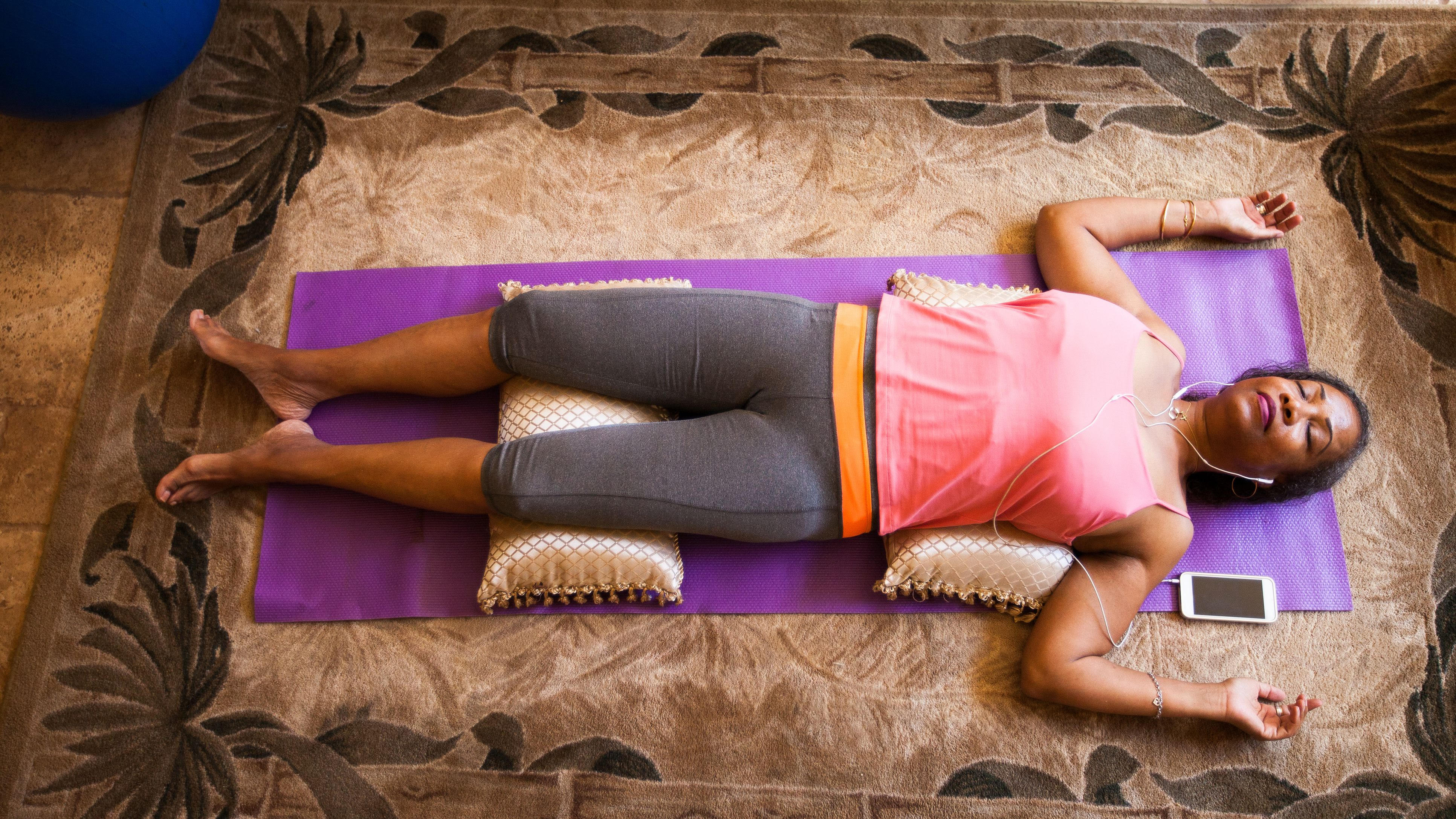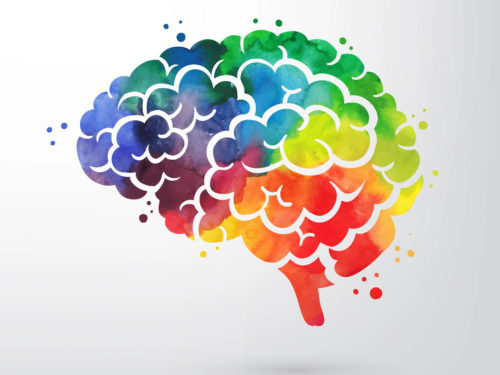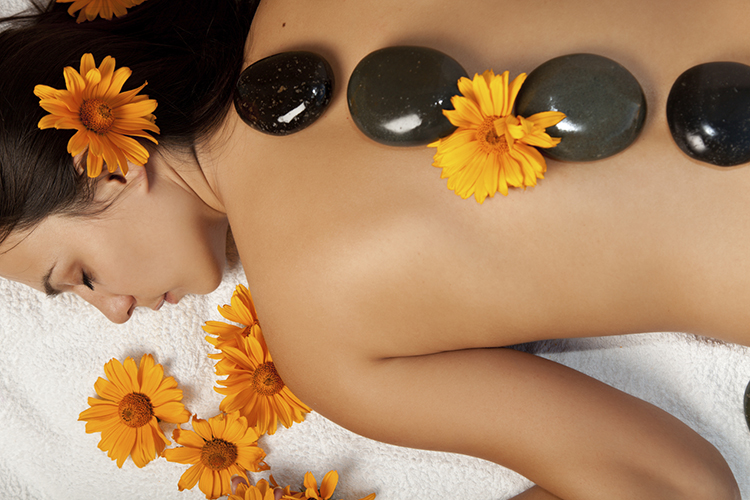We often feel back pain for many various reasons, and there are also many different solutions to ease the pain. In this article, I will focus on complementary therapies for back pain.
Sometimes, we feel pain in our body because we hold onto tension and harbour too much stress in our body from our mind. One particular place in our body where this often happens is our back.
And one way to relieve and ease some of that back pain is by practising meditation. Because it helps us let go of the stress that we create in our mind, which then releases the tensions that are stuck in our muscles.
Other Complementary therapies for back pain
Meditation has existed since the dawn of day, and most cultures throughout time have had some form of a contemplative practice that can be called meditation. Historically, meditation has gone hand in hand with spirituality.
Nonetheless, over the last few decades, following the work of scientists such as Daniel Goleman and Richard J. Davidson, meditation has increased in scientific grounding. In their book Altered Traits: Science Reveals How Meditation Changes Your Mind, Brain, and Body, they scientifically show the positive effects meditation can have on the mind, body and brain.
Interestingly, when they started their research on meditation, there were only about three scientifically peer-reviewed papers, whilst now 20 years later, you will easily find 6000 plus.
Choosing the correct meditation practice for you
If you pop ‘how to meditate’ into the search field on Google, you will quickly realise that there are countless ways to practice meditation and many health benefits beyond relieving pain in the body. For example, there is mindfulness, transcendental, breathing, gong, walking and visual meditation – only to mention a few.
They all have in common that they create an anchor for the mind to follow during the meditation session. And the only way to find the right one for you is to experiment with different types. Here, I will focus on Visual Meditation.
The meditation I teach my clients is a visual type of meditation. I use visual meditation because I have found that people find it easier to follow a well-crafted visual path for a more extended period of time. And there are well-researched papers on the positive effects of using visualisation as a way to relieve stress and tension in the body.
A Visual Meditation to ease back pain
 Here is a short meditation that you can try for yourself at home to ease your back pain. Before you start, you have to decide whether you want to sit or lie down. Either way is good for meditation, and to be clear, you do not have to sit cross legged. You will want to be as comfortable as possible, in particular, if you have back pain.
Here is a short meditation that you can try for yourself at home to ease your back pain. Before you start, you have to decide whether you want to sit or lie down. Either way is good for meditation, and to be clear, you do not have to sit cross legged. You will want to be as comfortable as possible, in particular, if you have back pain.
Before you start meditating, you may want to lower the blinds, light a candle, turn your notifications off and put on some soft music. None of that is a requirement for meditation, but over time by repeating that ritual, you tell your mind that you are about to meditate. After you sit comfortably or lie down, close your eyes, and first take three deep breaths in. After that, visualise a calming blue light move through your body from the top of your head and down through each part of your body. If you are struggling with back pain, you may want to focus on your back slightly longer than the rest.
You may even want to try to see the tension or pain within your mind and then see the blue light covering it more and more, easing out the tension. Over time, you should feel less pain. When you have moved through your entire body with the calming blue light, try to visualise a pleasant garden or a summery beach. Within your mind, hear the sounds of the winds, the animals, feel the sun on your face – try to immerse yourself as much as possible within the space.
You can walk around or sit down – that is up to you. Savour that calm and relaxing feeling from this place whilst you are there. Keep on breathing and being at your own pace. During this time, try not to attach any meaning to any thoughts or feelings that move across your consciousness – only feel the peace and harmony you are creating for yourself. After a few minutes, when you feel ready to leave, return to the place that you arrived at, take three deep breaths in, and return to your room in your own time.
You may feel dizzy and sleepy for a couple of minutes; eventually, you will feel less stressed and have less pain. Try to repeat this practice at least once a day, and it does not have to last any longer than 10-minutes.
Other benefits of practicing meditation is:
- Increased clarity of mind
- Boost focus
- Enhanced emotional regulation
- Improved creativity and imagination
- Better decision-making



